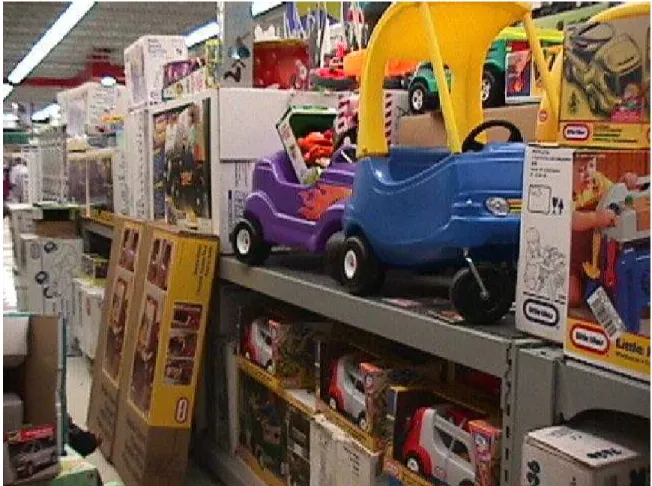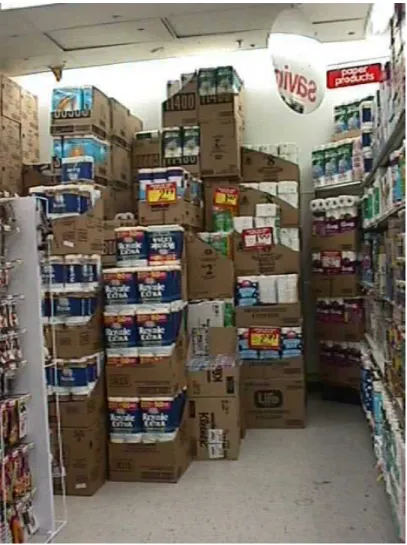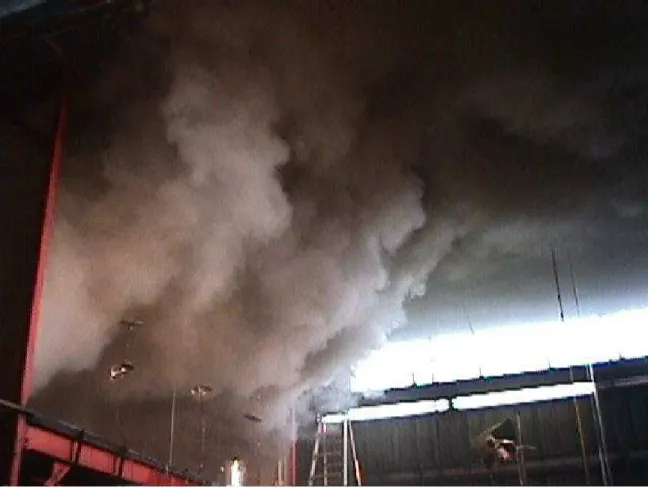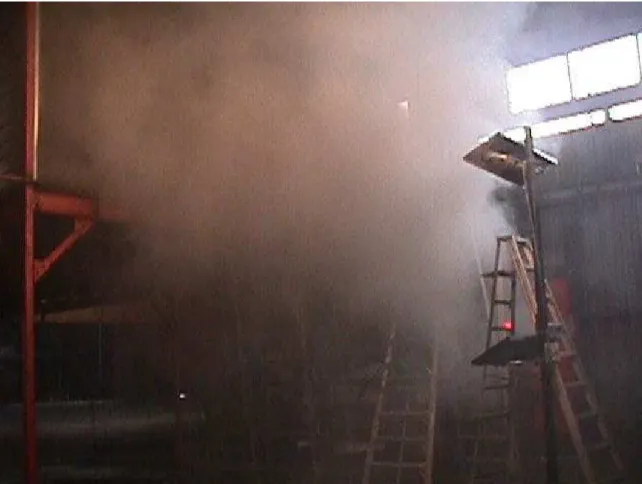Publisher’s version / Version de l'éditeur:
Vous avez des questions? Nous pouvons vous aider. Pour communiquer directement avec un auteur, consultez la
première page de la revue dans laquelle son article a été publié afin de trouver ses coordonnées. Si vous n’arrivez pas à les repérer, communiquez avec nous à PublicationsArchive-ArchivesPublications@nrc-cnrc.gc.ca.
Questions? Contact the NRC Publications Archive team at
PublicationsArchive-ArchivesPublications@nrc-cnrc.gc.ca. If you wish to email the authors directly, please see the first page of the publication for their contact information.
https://publications-cnrc.canada.ca/fra/droits
L’accès à ce site Web et l’utilisation de son contenu sont assujettis aux conditions présentées dans le site LISEZ CES CONDITIONS ATTENTIVEMENT AVANT D’UTILISER CE SITE WEB.
Canadian Consulting Engineer, 43, May 3, pp. 23-24, 2002-05-01
READ THESE TERMS AND CONDITIONS CAREFULLY BEFORE USING THIS WEBSITE. https://nrc-publications.canada.ca/eng/copyright
NRC Publications Archive Record / Notice des Archives des publications du CNRC :
https://nrc-publications.canada.ca/eng/view/object/?id=435172be-6939-4b00-aabb-5a42e211492a https://publications-cnrc.canada.ca/fra/voir/objet/?id=435172be-6939-4b00-aabb-5a42e211492a
NRC Publications Archive
Archives des publications du CNRC
This publication could be one of several versions: author’s original, accepted manuscript or the publisher’s version. / La version de cette publication peut être l’une des suivantes : la version prépublication de l’auteur, la version acceptée du manuscrit ou la version de l’éditeur.
Access and use of this website and the material on it are subject to the Terms and Conditions set forth at
Malls, sprinklers and smoke: is smoke in a shopping mall atrium more
of a problem than we bargained for? Recent tests have been looking at
the concerns
Malls, sprinklers and smoke : is smoke in a shopping
mall atrium more of a problem that we bargained for?
Recent tests have been looking at the concerns
Lougheed, G.D.; McCartney, C.
A version of this document is published in / Une version de ce document se trouve dans : Canadian Consulting Engineer, v. 43, no. 3, May 2002, pp. 23-24
www.nrc.ca/irc/ircpubs
NRCC-45665
Malls, Sprinklers and Smoke : Is smoke in a shopping maill atrium more of a problem that we bargained for? Recent tests have been looking at the concerns
G.D. Lougheed and C. McCartney Fire Risk Management Program National Research Council of Canada
In North America, it has generally been assumed that communicating spaces connected to an atrium or mall are sprinklered and, as a result, the sprinklers will effectively limit the size of a fire in the adjoining space. As a result, engineering design guides for smoke management systems such as NFPA 92B [1] have assumed that the smoke will have minimal effect in the atrium or mall space. However, the design guides do allow for smoke management designs in which the smoke is allowed to spill into the atrium space. With the introduction of performance-based designs for fire protection systems, there has been increasing need to address the potential effects of the smoke in the atrium or mall.
In a recent joint study with the American Society of Heating, Refrigerating and Air-Conditioning Engineers (ASHRAE), NRC investigated smoke movement from fires in sprinklered retail spaces linked to a mall [2, 3]. To conduct the study, a large-scale test facility was set-up to simulate areas of particular concern: a retail outlet on the second floor of a mall and a section of a pedestrian mall in a shopping centre. Because North American fire statistics indicate that approximately 90% of retail fires activate four or fewer sprinklers [4], four sprinklers were used in the retail portion of the test facility. The mall portion of the test facility included a mechanical smoke exhaust system.
An initial series of tests were conducted using a propane burner shielded from the sprinkler water spray to determine the impact of both fire and sprinkler scenarios typical of retail spaces on smoke movement. In addition, a series of tests were
conducted to simulate retail fire scenarios with the fuel shielded from direct water spray from the sprinklers. These scenarios were typical of those that occur in retail stores in malls and included clothing and toys in boxes located in display units (Figure 1), and stored or displayed bulk goods, such as paper towels (Figure 2).
The resulting fires had three distinct phases: fire growth and sprinkler activation, steady fire, and decay. During the fire growth phase, all four sprinklers were typically activated within 5 minutes and hot smoke flowed into the mall portion of the test facility.
During the steady phase, hot smoke continued to flow into the mall section of the test facility (Figure 3). A smoke layer formed in the mall area even though the smoke exhaust system was in use. For the simulated fire scenarios used, hot smoke flowed into the mall area for up to 20 minutes depending on the test conditions. The optical density of the smoke in the upper portion of the simulated mall and its carbon monoxide concentration both exceeded tenability limits. Any accumulation of this smoke in exit routes could limit evacuation.
During the decay phase, the smoke was cooled to near or below ambient
temperature. The cool smoke was mixed throughout the fire compartment (retail portion of the test facility) and spilled through the opening and descended into lower areas of the mall portion of the facility (Figure 4).
A primary objective of the project was to address concerns that smoke cooled by the sprinklers in retail spaces connected to malls could travel downward, where it could endanger people evacuating the building. Results from the study, however, indicate that, during the initial stages (fire growth and steady phases) of a sprinklered retail fire scenario, the smoke entering the mall area is hot and rises towards the ceiling. A smoke management system using mechanical exhaust could be used to remove this smoke.
During the decay phase of the fire scenario, the smoke optical density for the smoke in the secondary space approached or exceeded tenability limits. The rapid mixing of smoke throughout the fire compartment in or near the opening into the mall area during this phase could trap any occupants still in the area. However, the extent of the smoke zone was limited and occurred after occupants should have evacuated the fire zone.
1. NFPA 92B, Guide for Smoke Management Systems in Malls, Atria, and Large Areas, National Fire Protection Association, Quincy, MA, 2000.
2. Lougheed, G.D.; McCartney, C.; Taber, B.C., Smoke Movement for Sprinklered Fires, ASHRAE Transactions, Volume 106, pp. 605-619, 2000.
3. Lougheed, G.D., McCartney, C., Taber, B.C., Sprinklered Mercantile Fires, ASHRAE Transactions, Volume 107, pp. 730-743, 2001.
4. Johnson, P., Shattering the Myths of Fire Protection Engineering, Fire Protection Engineering, Issue 1, 1999, pp. 18-27.



